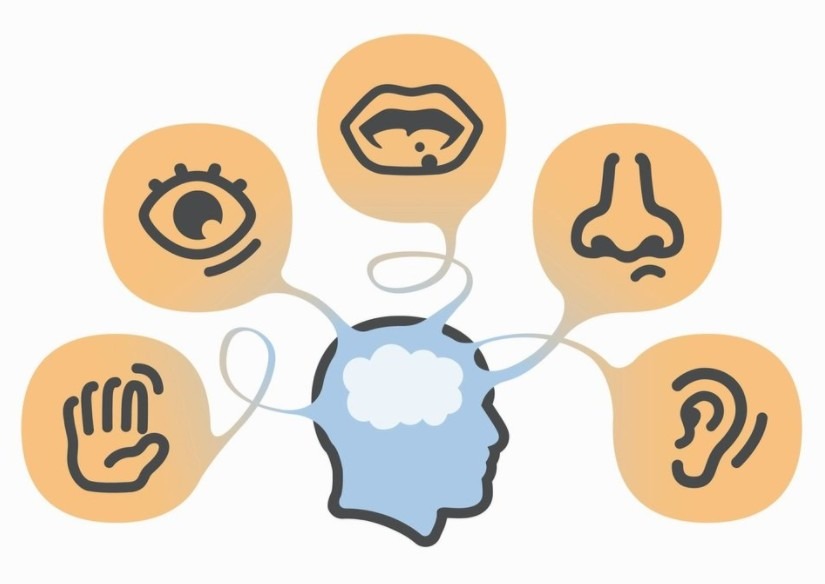Sensory issues are a field with a lot of exploration left to do, but they affect many children and adults worldwide. If you have a child who puts everything they can into their mouths, bounces off the walls with hyperactive energy, and reacts strongly to any triggering sensory input, there’s a good chance they have sensory issues.
Fortunately, as sensory issues become more and more recognizable, the treatments and coping mechanisms available have expanded as well. Now, you have options to help your child work through ways to handle their diagnosis.
Sensory Processing
People process the world around them through eight main types of input. Everyone learns the five common senses early on; hearing, sight, taste, touch, and smells are familiar. The other three are just as significant in how you see the world:
- Spatial recognition, also known as your vestibular sense, gives you balance and coordination in your environment.
- Proprioception is your awareness of your body, especially where in space you are and how to control your movements within that space.
- Interoception includes a range of “feelings” from temperature to emotion.
If your child experiences heightened or diminished sensation from any of these senses, they are undergoing sensory issues. Each person struggles with them differently, so you will have to help your child understand and identify where they have trouble and work through solutions.
Symptoms and Solutions
Sensory issues are often a symptom of another condition, which can be anything from FASD to ADHD or autism spectrum disorder. Because they go hand in hand with official diagnoses, some doctors decline to treat the sensory aspect, preferring to target it as one of many symptoms of other conditions.
Viewing sensory issues as a symptom rather than a self-existent disorder presents challenges of its own. If your child doesn’t exhibit signs of conditions that typically go with sensory issues, you may have trouble finding traditional medical help for them. People often don’t want to experiment with what may not be an independent disorder.
Still, if you recognize other symptoms alongside the sensory issues, your child can get the help he or she needs to succeed in life. Though sensory issues don’t have an established cure, many children learn to cope with their experiences or have fewer reactions as they grow older.
Sensory Integration Therapy
Trained therapists can work with your child to develop ways to help mitigate the effects of their sensory processing issues. This therapy can take various forms depending on the professionals available:
- Physical therapists can determine what senses are not receiving the input they crave and develop activities for your child to do. This regime, known as a sensory diet, will allow the child to satisfy their appetite in a way that doesn’t interfere with the people around them.
- Occupational therapists can identify activities that your child might avoid because of the distasteful sensory input the action provides. Through patient repetition and practicing workarounds, an occupational therapist can help your child learn to complete tasks despite their sensory aversions.
Learn about the new SPM-2 and other psychological and educational assessments at WPS.

